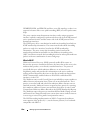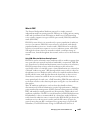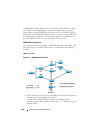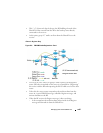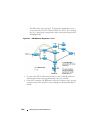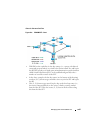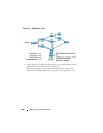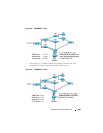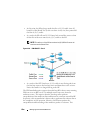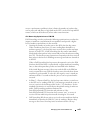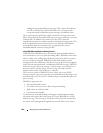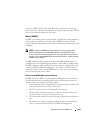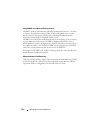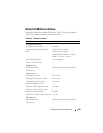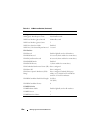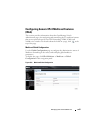
1350 Managing IPv4 and IPv6 Multicast
• At this point, the RP no longer needs the flow of (S, G) traffic since all
branches of the Shared Tree (in this case there is only one) have pruned off
the flow of (S, G) traffic.
• As a result, the RP will send (S, G) Prunes back toward the source to shut
off the flow of the now unnecessary (S, G) traffic to the RP.
Figure 43-8. PIM-SM SPT—Part 5
• As a result of the SPT-Switchover, (S, G) traffic is now flowing only from
the first-hop router to the last-hop router and from there to the receiver.
Notice that traffic is no longer flowing to the RP.
The PIM standard requires support for multi-hop RP in that a router running
PIM can act as an RP even if it is multiple router hops away from the
multicast source. This requires that the first-hop router perform
encapsulation of the multicast data and forward it as unicast toward the RP.
In practice, this encapsulation is almost always performed in software due to
the complexity of the operation. Likewise, the RP must perform de-
encapsulation and forwarding of the multicast packets in software. This
NOTE: This will occur if the RP has received an (S, G) RP-bit Prune on all
interfaces on the Shared Tree.



